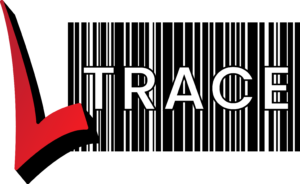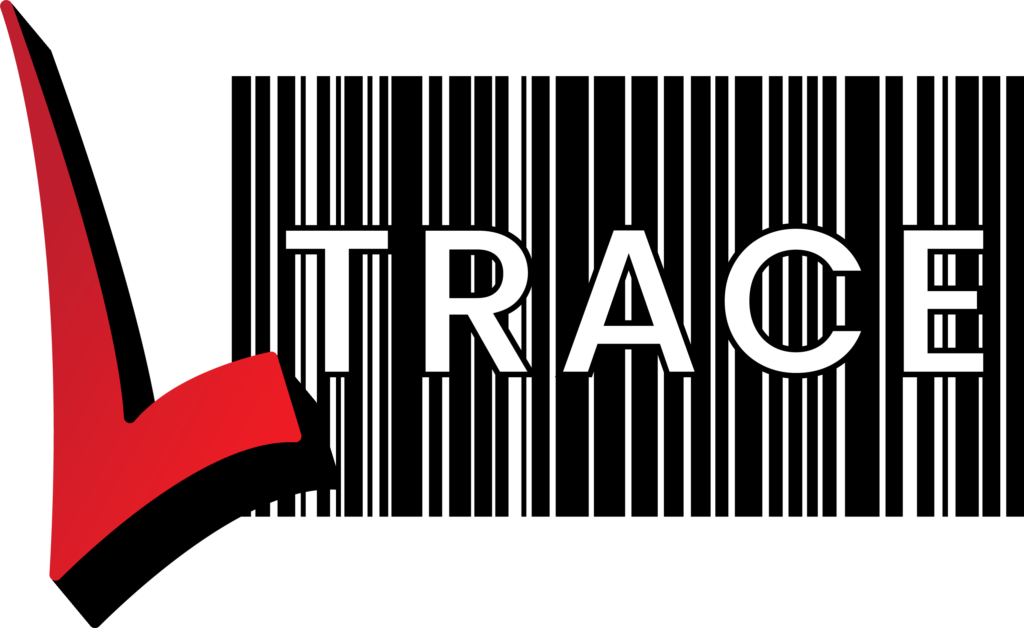Is it just another financial burden or will it make a difference?
When it comes to most dental practices, they are looking into tracking systems because they have been forced to. It isn’t on their wish list for Christmas and the financial benefits don’t seem to be that great.
Let’s have a practical and honest look at what dental practices will get out of a tracking system.
Confession - You won't get the full benefit
I will be up front and say that dental practices won’t get the same level of benefit from a tracking system as hospitals.
The three biggest problems facing a hospital are:
- a huge number and range of instruments and trays
- a large number of staff with many new staff
- grossly inaccurate charging of sterilisation expenses to patients in private hospitals
Sterilisation tracking systems like LTrace are ideal for ensuring staff are correctly processing instruments. The use of photos, count sheets, instructions and warnings are all powerful tools to help educate staff and remind them of what needs to be done.
Dental practices tend to have a couple of sets they use regularly, and a manageable number of instruments. They also tend to have only one or two staff who are responsible for Steribay.
And finally, dental practices tend to have very predictable instrument usage for each type of procedure and there isn’t the huge variation in the number of instruments used on a patient that is typically seen in hospital. It also doesn’t help that dentists are locked into a fee structure dictated to them.
Dental practices are also “lower risk” than hospitals, though you will notice that I had that in quotes. Invasive surgery is invasive surgery and carries the risk of infection.
And hopefully you will never need the biggest benefit
The fundamental reason for a tracking system is to provide an easy reporting mechanism for when things go wrong.
The worst case scenario is where you need to work out which patients used something. This could be because a sterilisation load is being recalled, or because there is a significant risk of infection from a particular patient.
It is at this stage that a tracking system instantly pays for itself. All of the information required is immediately there. No need to search through records manually. No need to waste time looking on shelves for something that may or may not be there.
It’s a bit like insurance cover. You spend the money just in case something goes wrong, and when it does you are glad you had it. But if you don’t have it, and something goes wrong, then you really are hit hard.
But unlike an insurance policy, having a tracking system will still provide many benefits to you each day…
Help in steribay
While dental practices do have consistent staff in steribay, there is still the issue of when they are away or replaced.
LTrace has a number of features to help staff who aren’t sure about what to do. These features include:
- bar coded trays: Simply scanning the barcode on the tray will show the item. There is no need to know the name of the item. From there they just press “Print” to create the label for the outside. Fast and easy.
- photos. A simple photo is able to confirm they have the right instrument. They can include instructions or warning as well. Often a single word and arrow can say more than a thousand words.
- printed labels: No need to hand write what is in a tray or steripeel. No messy handwriting. No mislabelled items.
- steripeel options: For items without a barcode there are some great ways to help staff find the correct item. A kiosk feature allows staff to quickly find the right item (similar to the checkouts at supermarkets with vegetables). Alternatively a sheet with items and barcodes is quick and easy.
Items are then scanned into a steriliser. This is equivalent to applying the batch stickers to the items. There’s no huge benefit, it just has to be done.
But you will know what’s in a load, and sometimes that is useful to know where something is, or when a particular type of tray will be available.
And as for record keeping, you now know exactly what was in a load. There is no longer a need to jot down the items that went into a load.
Help in the storeroom
The label can have the storage location on it.
This is useful for when trays are stored in individual rooms, or when new staff don’t know where items belong.
It’s a small thing, but sometimes the small things make all the difference!
Help at the chair
In hospitals, theatre are the department that appear to get the least benefit from a tracking system. If everything is running smoothly that is probably true. LTrace, however, is great in ensuring that this is the case.
At the start of each procedure the items used are scanned. As new items are opened, they are scanned. At the end of the procedure they are linked to the patient.
So what are the benefits for the dentist:
- immediate notification of problems: If they are about to use a tray or instrument that is not sterilised they will be notified immediately. There have already been too many cases of patients being treated with unsterilised items, and it can be easily avoided.
- really easy finding of items: instantly know where all trays or instruments are. No need to manually search to find items.
- fast tracking: if it is likely that critical items will be needed urgently, LTrace has some great features to ensure the turnaround time is as fast as possible.
- communication: If there are problems or questions relating to a tray or instrument, LTrace can have messages appear either during setup or during pack. This allows questions and answers to flow between the dentist and the sterilisation technician about specific items.
Reporting
Finally, there is the paperwork. Statistics are all there waiting for you to ask the questions. There are millions of report combinations including:
- summary reports: e.g. number of loads per month, number of each type of tray sterilised each day
- detail reports e.g. list of all items sterilised in a particular load, list of all patients that used a specific tray
In many cases, you don’t even need to “run a report”. If you are on the screen for an item, you just click a button to see all times it has been used. Click a button to see that particular patient and you will then have access to all items that patient used.
And the reporting engine allows you to quickly switch from a summary view to showing details. This is ideal for managing KPIs, and when you are curious about specifics to then drill down into the detail.
What are the financial benefits?
Another confession – calculating the return on investment for a tracking system in a dental practice is difficult.
LTrace is good at removing problems, and it depends upon if you have the problems and how much they are costing you. It is also very hard to calculate lost time because of inexperienced staff, or silly mistakes.
So I won’t even try. Sorry.
What are the other benefits?
The biggest intangible benefit is the reduction in stress. There is less stress from incorrectly processed items, or lost items, or using unsterilised items, or reporting.
There is less friction between the sterilisation technician and the other dental nurses or dentists.
And everyone can get on with what they are really meant to be doing.
Do you have any questions?
This really was a brief summary. What I also forgot to mention is that we do custom solutions to make sure that we work in with you, your layout, and your procedures.
Please call us or email us if your have any questions. Our number is:
1300 30 33 34
Have a great day.

